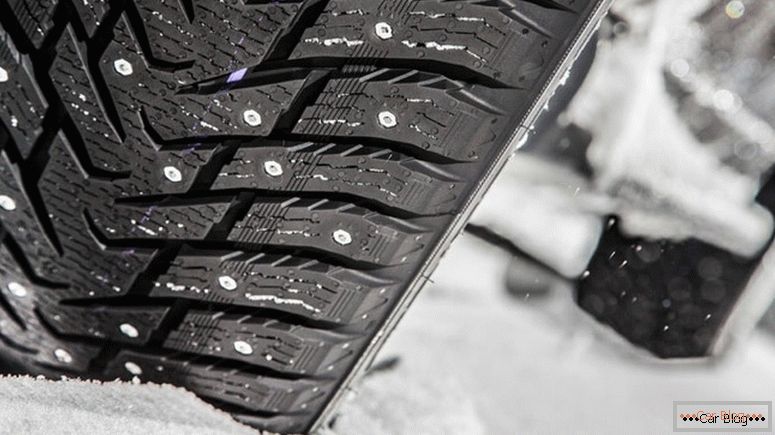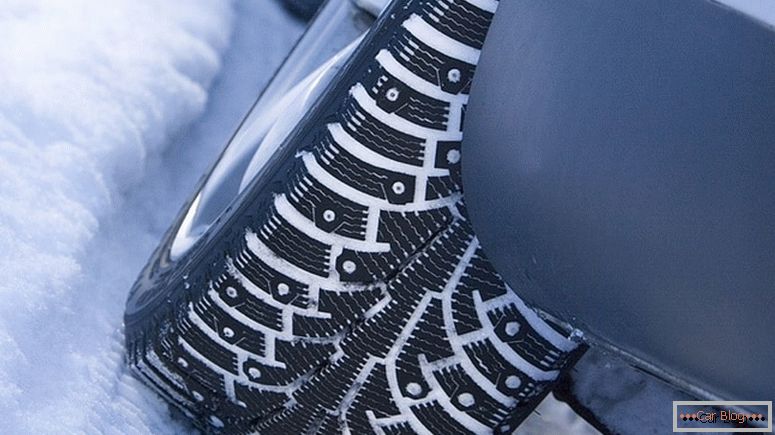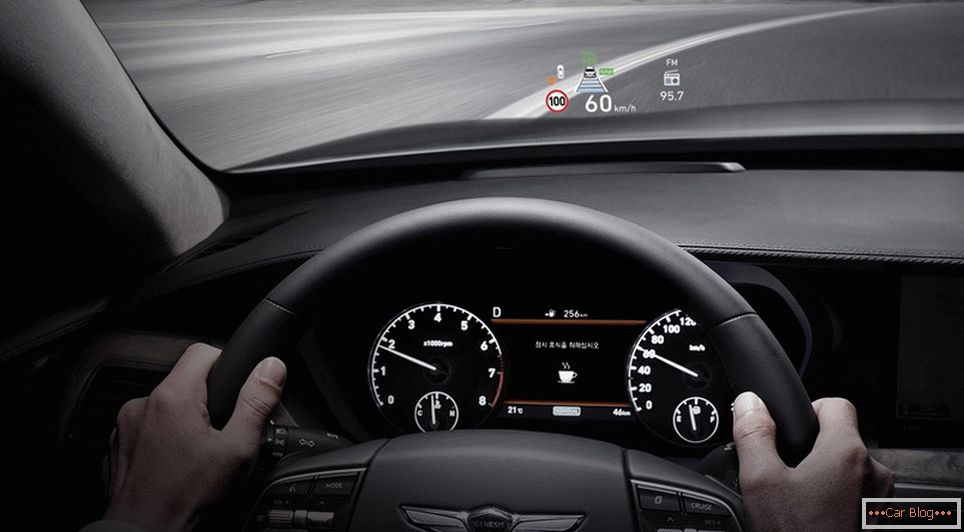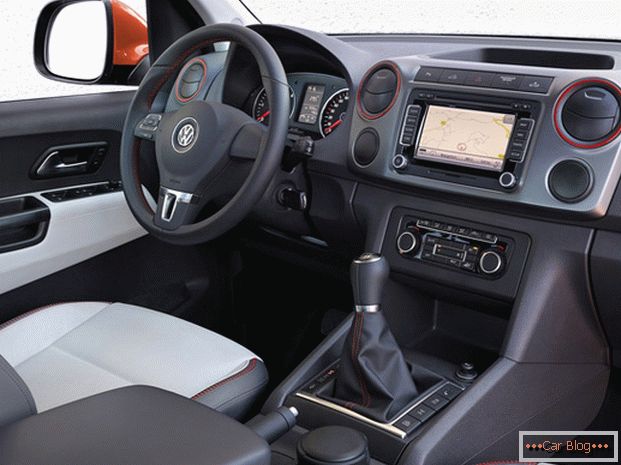In the near future, precipitations in the form of snow are expected, therefore we recommend taking a turn in tire service in order to change the shoes in time. Change summer tires for winter is recommended not with the first snow, but in advance, because it is more convenient (in order to avoid a queue) and safer. Having changed the tires, the choice of which is presented in a large variety on the site http://novosibirsk.aport.ru, the question arises whether new tires are needed.
Content
- 1 How and why run in winter tires?
- 2 Running in studded rubber
- 3 How to do it?
How and why run in winter tires?
Features of operation of winter tires are different from the summer, and above all, the best adhesion to the road surface. The main recommendation is to behave very carefully after installing winter tires, as well as learn the basic rules for driving a car with winter tires. The first couple of hundred kilometers of winter tires have a greater tread depth, which provides good traction, but at the same time increases the response time.

In the production of winter tires, a type of rubber compound is used that does not harden in the cold, unlike summer tires. Soft winter tires remain supple even at sub-zero temperatures. Manufacturers recommend not to exceed the speed index, which in most cases is equal to Q. This indicator suggests that the speed should not exceed 160 km / h. It is lower than for summer tires, but this is caused by more difficult operating conditions. Neglecting this recommendation may result in negative consequences for the car owner (shortening the life of the tires).
During one of the tire production stages (vulcanization), a lubricant remains on their surface, which affects the adhesion. From this film can and should get rid of. What is needed for this? The first 500-600 km you need to drive at low speed in a quiet mode, without sharp turns, acceleration and deceleration.
See also: How to choose the best sekretki wheelsRunning in studded rubber
On one tire, an average of 80-100 spikes are installed. Do not install spikes on damaged tires. Studded tires also require running in, this is necessary in order for it to “roll out”, take the perfect position and get rid of the lubricant. For running new studded tires, you need to drive the first 600-700 km at a quiet pace, refraining from aggressive behavior on the road. Sudden braking, turning and driving at high speed under the ban. If the running-in of tires has passed correctly, the service life of the wheels can be extended, besides the spikes will take the correct position and ensure maximum safety on the road.

Run-in is best done before the onset of frost and before the first snow falls, to be sure that you and the car are not in danger. Studded tires will last more than one season, and running them can further extend the service life.
How to do it?
Following the algorithm of actions below, the run-in will pass quickly and without hassle:
- Replace tires should be on all wheels. It is not worth the risk to install winter tires on only one axle. Moreover, the type and size of tires should be the same.
- The optimum driving speed for running in is 70 km / h. You need to drive at least 500 km. During this journey you should not dramatically increase the speed, actively overtake other road users, perform all sorts of tricks. Your task is to move smoothly and evenly.
- Choose a road with a smoother surface so that the use of non-rolled tires does not cause problems.
- Watch for tire pressure. It is recommended to check this indicator once a month. Driving on semi-flat tires can result in faster wear and even loss. It is better to take a few minutes to check than to spend money on re-acquiring a set of tires.
- Tire inflation is best done in specialized workshops. Pre-tires should cool down. The maximum pressure indicator is 2.8 bar.
- During the run-in, check the tires for foreign objects between the blades. If you find interference for the proper operation of tires, you need to get rid of foreign objects in time. It is advisable to carry out such checks after each trip.
- Each manufacturer has its own nuances of running in, so it would be useful to clarify with the seller the features of this process.
- The completion of the running-in process can be judged as the special lubricant (indicator) disappears.
Следуя всем этим рекомендация, running winter tires пройдет быстро и никакой снег и гололедица после этого не страшны. Сэкономьте время, деньги и нервы — меняйте заблаговременно покрышки и вовремя обкатывайте их.



